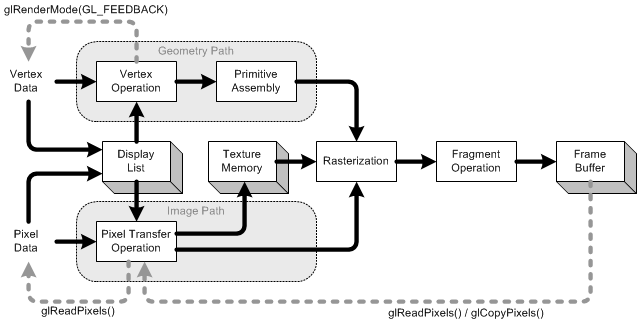

That's about a 40 percent difference from the theoretical performance, due to the ways in which Nvidia's Maxwell and AMD's 3rd generation GCN differ. I picked the Fury X and GTX 980 Ti for a good reason: on paper the Fury X should be substantially faster, but in practice the 980 Ti ends up with a small lead of around five percent (the Fury X does lead by five percent at 4K, however). And this is where ACE can help AMD quite a bit. That makes the Fury X 40-50 percent faster." The reality is that all processors have a theoretical performance, but actually getting close to that figure can be difficult, and the specifics of the architecture help determine how close the real world is to the theoretical world. Otherwise we could just look at the specifications and say, "Oh, it looks like AMD's Fury X does 8601 GFLOPS and has 512GB/s of bandwidth the GTX 980 Ti has 6054 GFLOPS and 336GB/s bandwidth.

Spec sheets don't tell the whole storyįundamentally, AMD and Nvidia architectures aren't the same, and this is why we run benchmarks. That's because DirectX 11 and OpenGL didn't really have a good way to leverage the ACE, but low-level access changes things. AMD has had their Asynchronous Compute Engine (ACE) as part of their core graphics hardware since the very first GCN GPUs (the HD 79 launched in January 2012), but until Mantle, DirectX 12, and Vulkan came around it didn't actually do a lot. The biggest item is that AMD supports a feature called asynchronous compute, which is basically the ability to mix and match graphics and compute instructions in the execution units.

There's some politics involved with the low-level API discussion as well. Ultimately, the end goal is the same: allow developers to extract more performance from the hardware (if they want to put in the effort). Where Microsoft had pressure from game developers and hardware companies to create DirectX 12, Khronos Group took a different route and leveraged much of AMD's work on their own low-level Mantle API to create Vulkan.
#WHAT IS OPENGL 4.5 WINDOWS#
Microsoft is in charge of the DirectX world, and it only works on Windows platforms Khronos Group handles OpenGL/Vulkan, and they support multiple platforms-including most smartphones and tablets via OpenGL ES. There are plenty of differences, just as there are differences between OpenGL and DirectX 11.


 0 kommentar(er)
0 kommentar(er)
